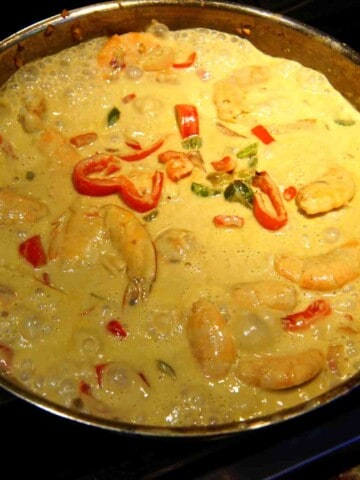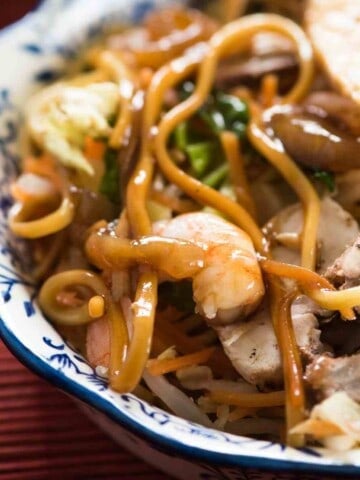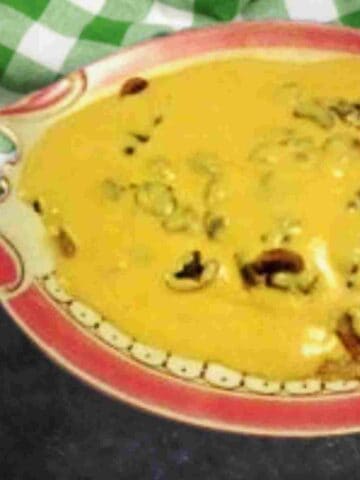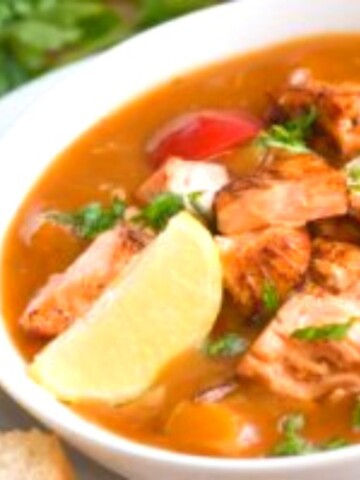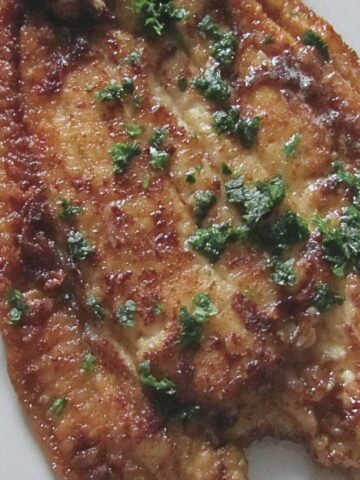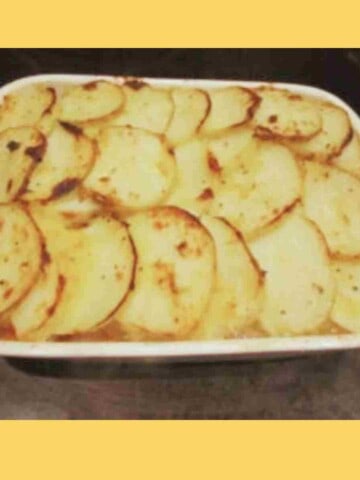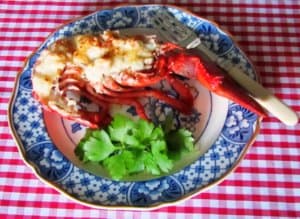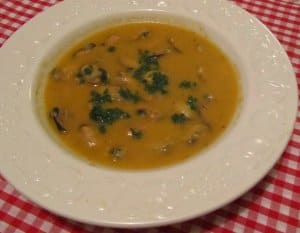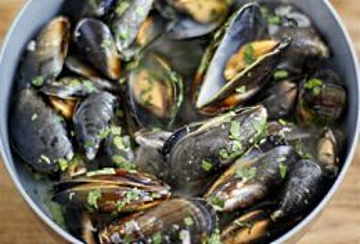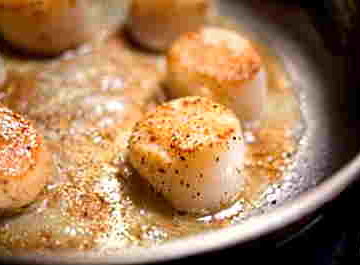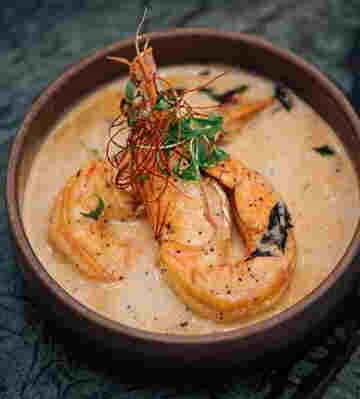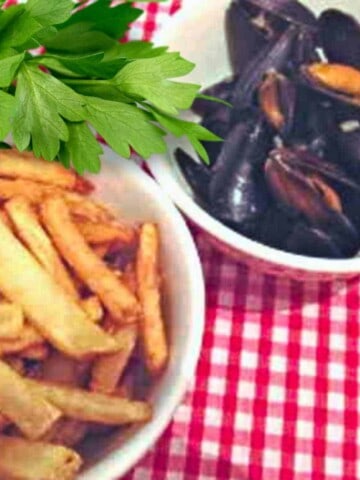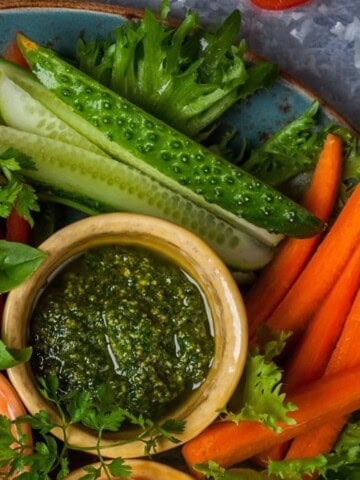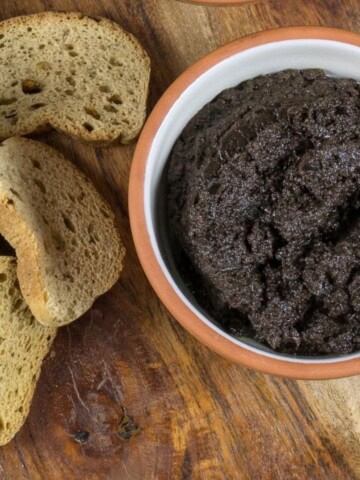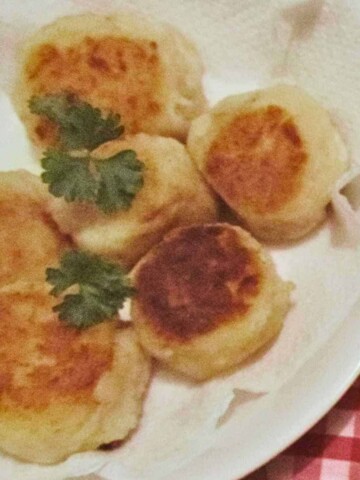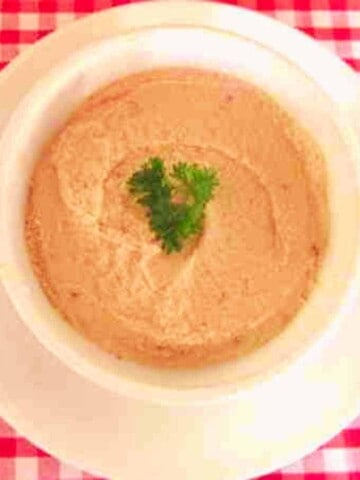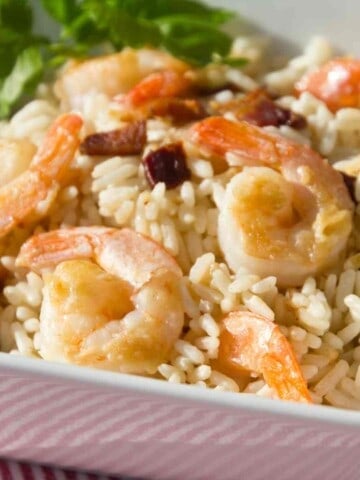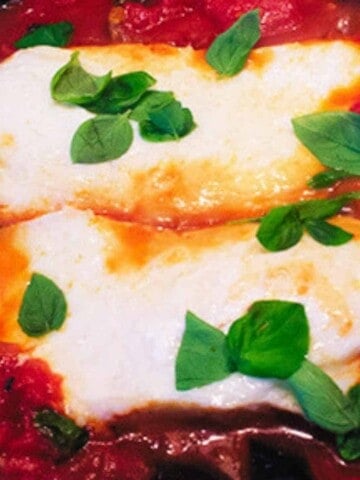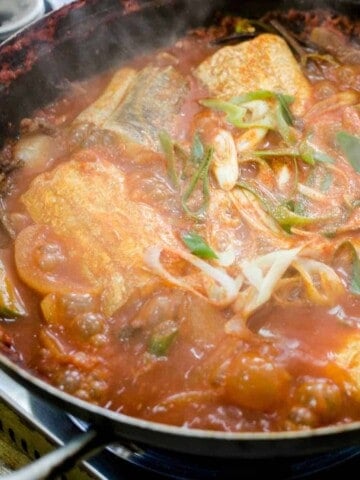Fish And Seafood Recipes
How to cook fish and seafood is easy in the simplicity of the French cuisine. The natural flavors of the ingredients shine through using techniques to enhance the delicious, delicate flavors that come from the sea. Try poaching for wonderful Poached Salmon, and grilling for Lobster Thermidor, roasting for Fish Pie, and pan frying for amazing Sauteed Scallops or this Yummy Plaice Recipe and not to omit Fish Curry. Keep Fish Stock on hand in the freezer, as it is so easy to make and wonderful to have on hand!
-
Shrimp Curry Recipe With Fish & Coconut
-
Versatile Shrimp Chow Mein
-
Delicious Classic Sole Meuniere
-
Bouillabaisse A Classic French Seafood Soup
-
Plaice Recipe Millers Wife Style
-
Tasty Fish Pie Recipe
-
Exquisite Poached Salmon Recipe
-
Delectable Lobster Thermidor
-
So Good Mussel Soup Recipe
-
Delectable Mussels In Wine Sauce
-
How To Cook Scallops
-
Delightful Shrimp Bisque Recipe
-
Belgium Influence Moules Frites
-
Tangy Olive Tapenade Recipe
-
Quick and Easy Olive Tapenade
-
Homemade Fish Balls Recipe
-
Salmon Pate Recipe
-
Fish Cake Recipe
-
Fried Rice With Shrimp
-
Baked Haddock Recipe
-
How To Make Fish Broth

